When planning your perfect trip, are you worried about the influx of tourists or the closing time of the Grampians? It is the best time to visit the Grampians when you can fully enjoy the journey and let go of these concerns.
Go to Grampians National Park at the best time
Grampians National Park is a trip that will leave you in awe. It’s a nature lover’s paradise with picturesque waterfalls, native wildlife and a stunning natural environment. There are many different kinds of plants, wetlands, and even rainforests to explore because the region is home to numerous native animals.
We highly recommend a guided tour if you visit Grampians National Park. You can relax comfortably while your experienced guide shows you around the National Park. The journey is well worth it to see the main attractions of the National Park.
From walks to viewpoints and spectacular waterfalls to rock formations, there is no limit to the incredible natural sights the Grampians offer. You will see kangaroos. Get lost and see emus, wallabies, and many Australian cockatoos unique to Australia.
Summer: December, January, February
The busiest season in the Grampians is summer when Melburnians go for their Christmas and summer vacations. The Grampians are popular with holidaymakers because they give the impression of being far away from city life. Hiking trails, fishing, hiking and kayaking attract many indigenous people here.
Summer provides an excellent opportunity to visit the stunning waterfalls, including Mackenzie Falls, with a consistent flow throughout the year. You can hike to the base to dip your feet in the deep pool at the foot of the falls, but swimming is strictly prohibited. You can also hike along the gorge to the observation deck above the falls with impressive views.
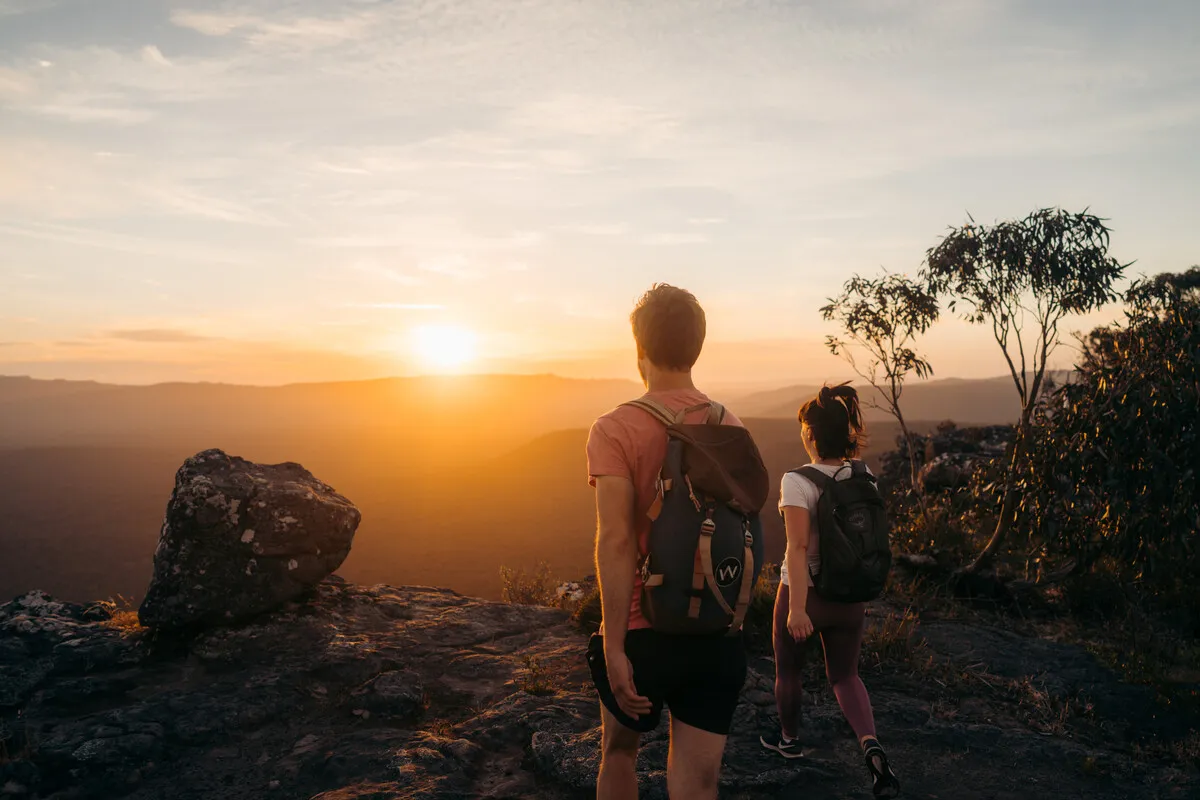
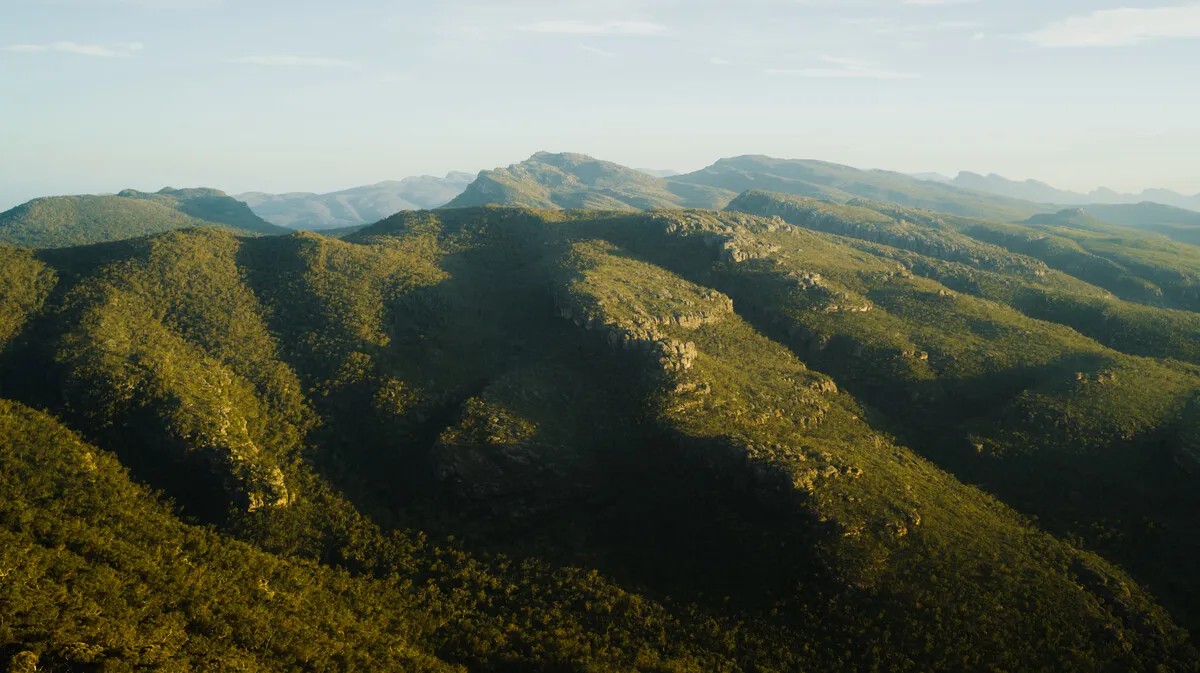
Autumn: March, April, May
The weather cools in autumn, and the rural Grampians’ wildlife becomes more diverse. Many Australian animals, like emus and kangaroos, would rather stay in shady bush regions throughout the day to avoid the summer heat. However, you are likelier to see them on the trails and in Halls Gap during the day in autumn.
Enjoying the trails is also made more straightforward by cooler temperatures. Walking through the Grand Canyon’s rocky canyons is great for cooler weather. You can see the colours and fault lines of the rocks up close. Ascending the stairs to the top of the canyon will reward you with spectacular views of the valley below.
Winter: June, July, August
Winter can be cold in Grampians, but it’s also the quietest time of year, perfect to avoid the crowds. Put on your bathrobe and head to the hiking trails, and you’ll be as warm as New York. More over, you can visit places like the Reed Lookout and the Boroka Lookout without strangers with magnificent views.
Waterfalls are also most impressive in winter. The flow of Mackenzie Falls almost doubles in winter. In addition, Silverband Falls flows at total capacity; when the time comes and during the summer drought, there are no waterfalls.
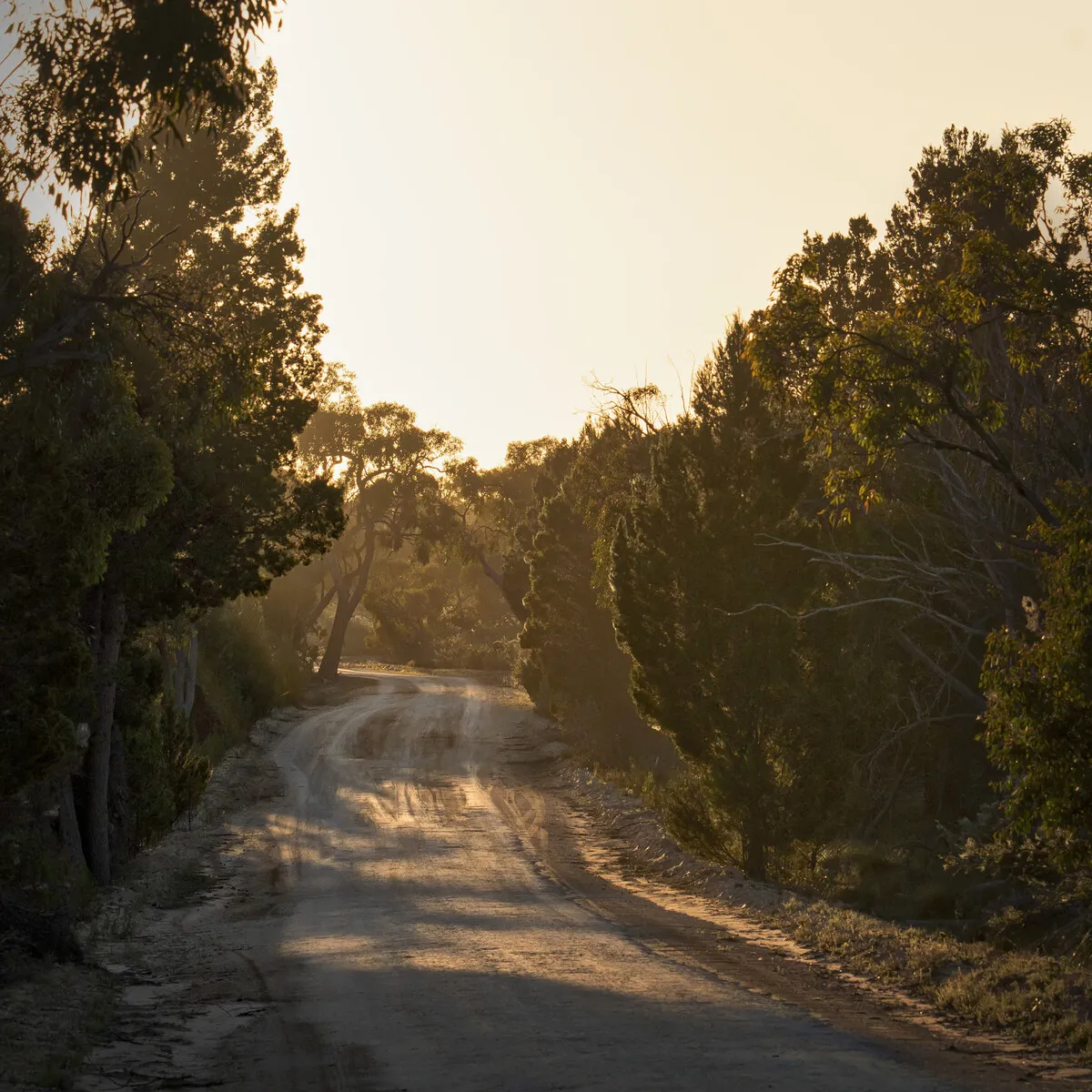
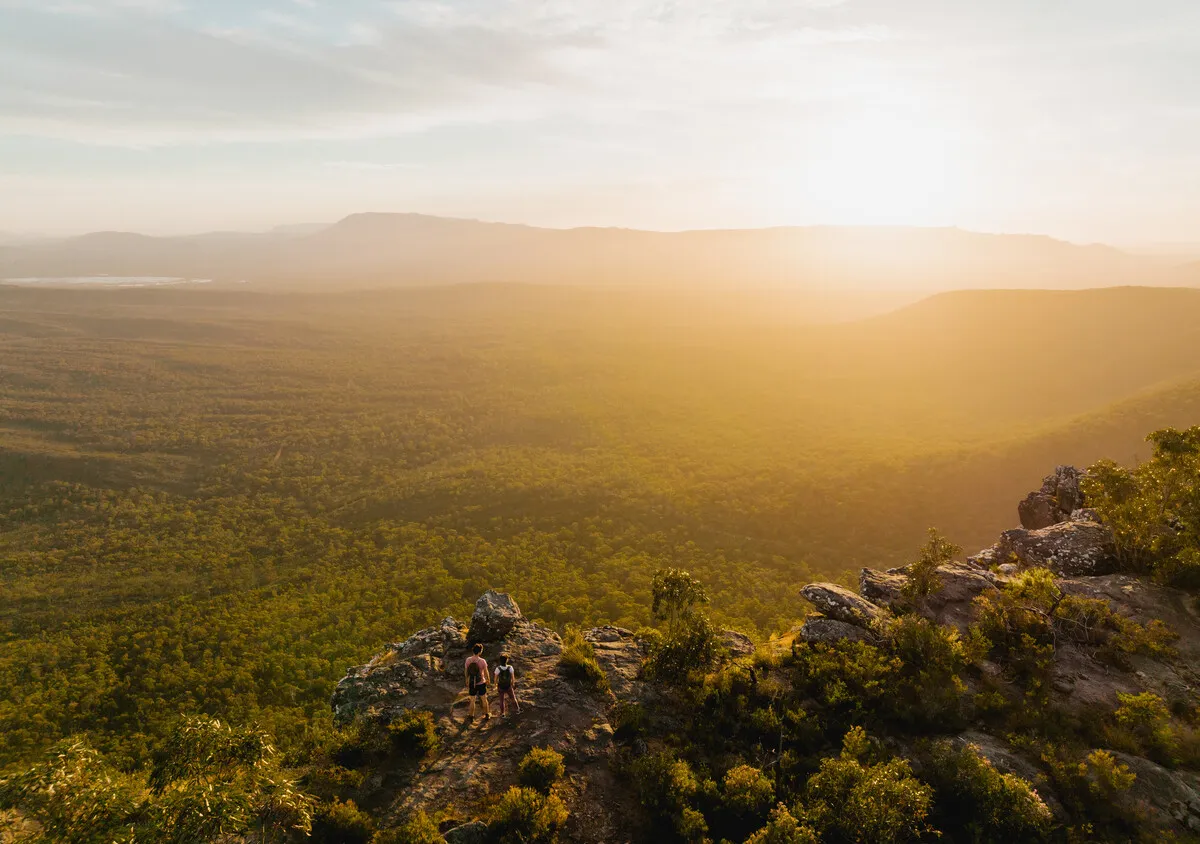
Spring: September, October, November
Spring is a wildflower season. Tiny, vibrant flowers adorn the paths, bringing vibrancy to the surrounding scenery. The beautiful sky provides breathtaking views from the overlooks, and the warm weather is perfect for hiking.
Additionally, spring is a beautiful season to see baby animals. There is a fantastic diversity of Australian wildlife living in the Grampians. You may be lucky enough to see baby kangaroos, called joeys, when you stop to watch these marsupials in Halls Gap.




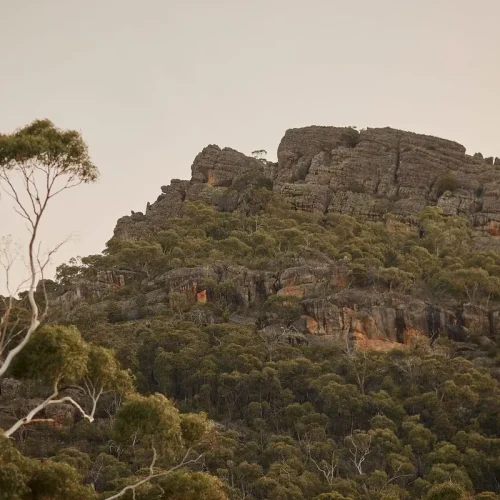

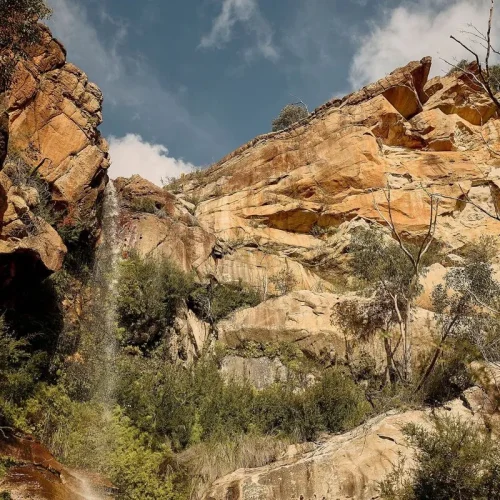

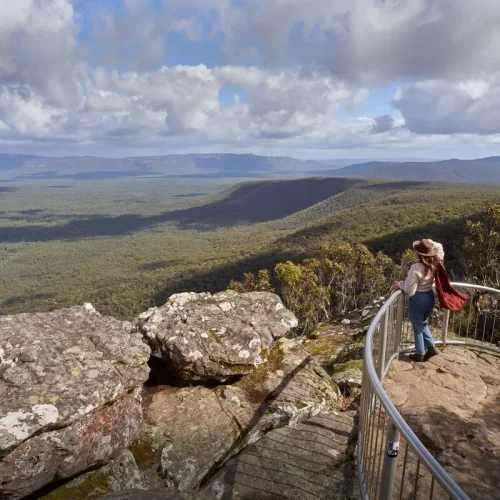
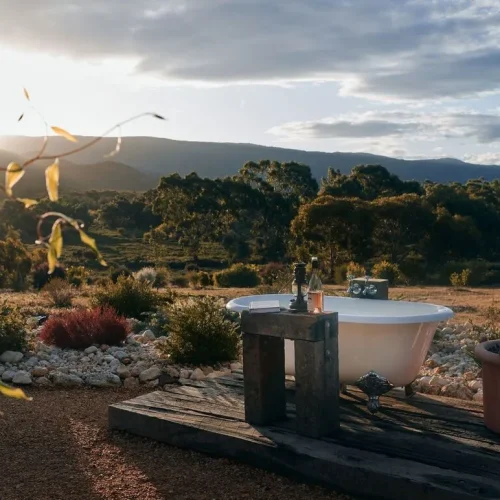
Visit the Grampians National Park
Mackenzie Falls is the largest waterfall in the Grampians. The Mackenzie River is the source of this beautiful waterfall, which cascades down a rocky gorge throughout the year. You can admire the waterfall and walk to its feet. During our Grampians National Park tours, we will also cross the eucalyptus forest to admire Silverbend Falls.
Waterfalls
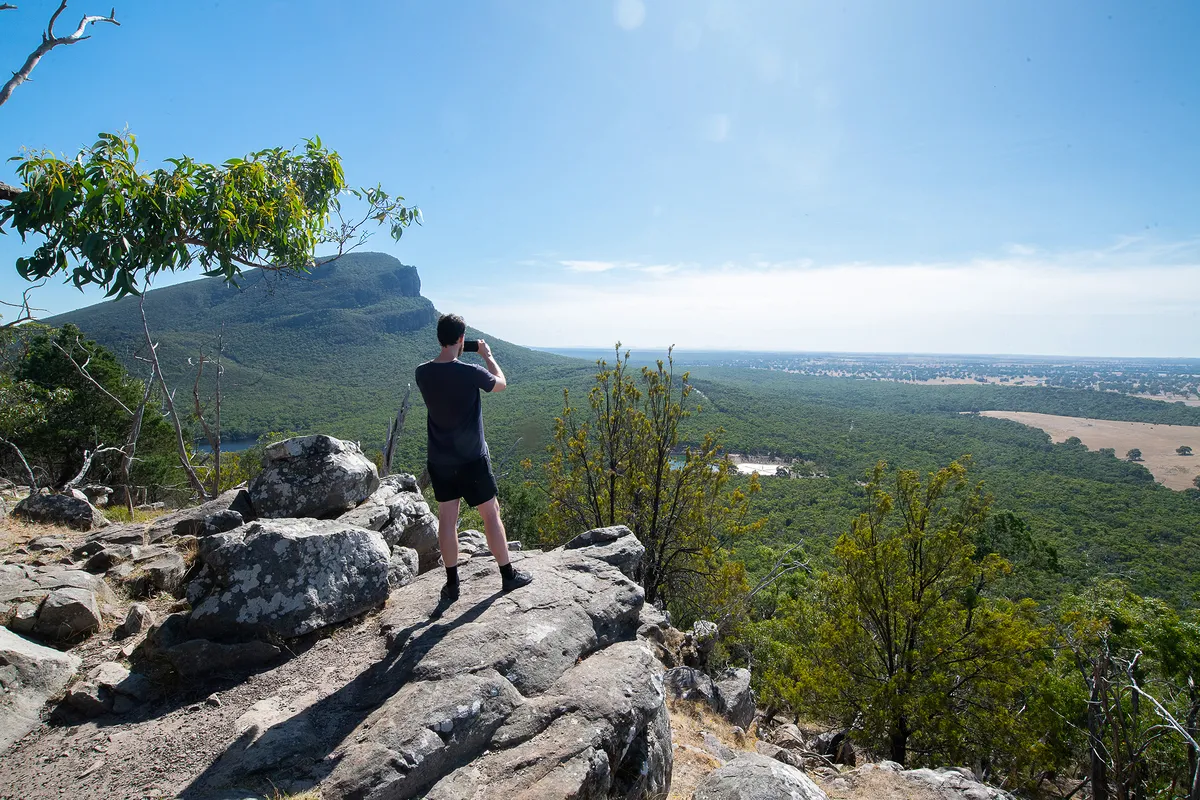
Wildlife
Kangaroos can be observed in their natural environment in Grampians National Park. In addition to kangaroos, there are many wallabies, emus and native birds. You can spot kangaroos and emus in Halls Gap town or the MacKenzie Falls picnic area. Look for groups of cockatoos in the trees or wallabies in the woods as you stroll around the nature trails.
Nature Walks
Scenic Lookouts
The Grampians offer many different perspectives on the beauty of the National Park. See the breathtaking Victoria Valley from Reed Viewpoint, or take in beautiful views of the surrounding landscape, Halls Gap, and the craggy peaks of the middle Grampians from Boroka Viewpoint.
FAQ
What is the best time of year to visit the Grampians?
Spring (September–November) and autumn (March–May) are the most comfortable times for hiking, wildlife spotting, and scenic lookouts due to mild weather.
Can I visit the Grampians in summer?
Yes, summer (December–February) is popular for holidaymakers and offers great waterfall viewing, but expect higher crowds and warmer temperatures.
Is winter a good time to visit the Grampians?
Winter (June–August) is the quietest season with fewer tourists, impressive waterfall flow, and crisp views from lookouts — just dress warmly.
Which season is best for wildlife spotting?
Autumn is ideal for seeing kangaroos, emus, and wallabies on trails and in Halls Gap as cooler weather brings them out during the day.
Are the waterfalls in the Grampians seasonal?
Many waterfalls, like Mackenzie Falls, flow year-round, but they are most powerful in winter and early spring after rain.












